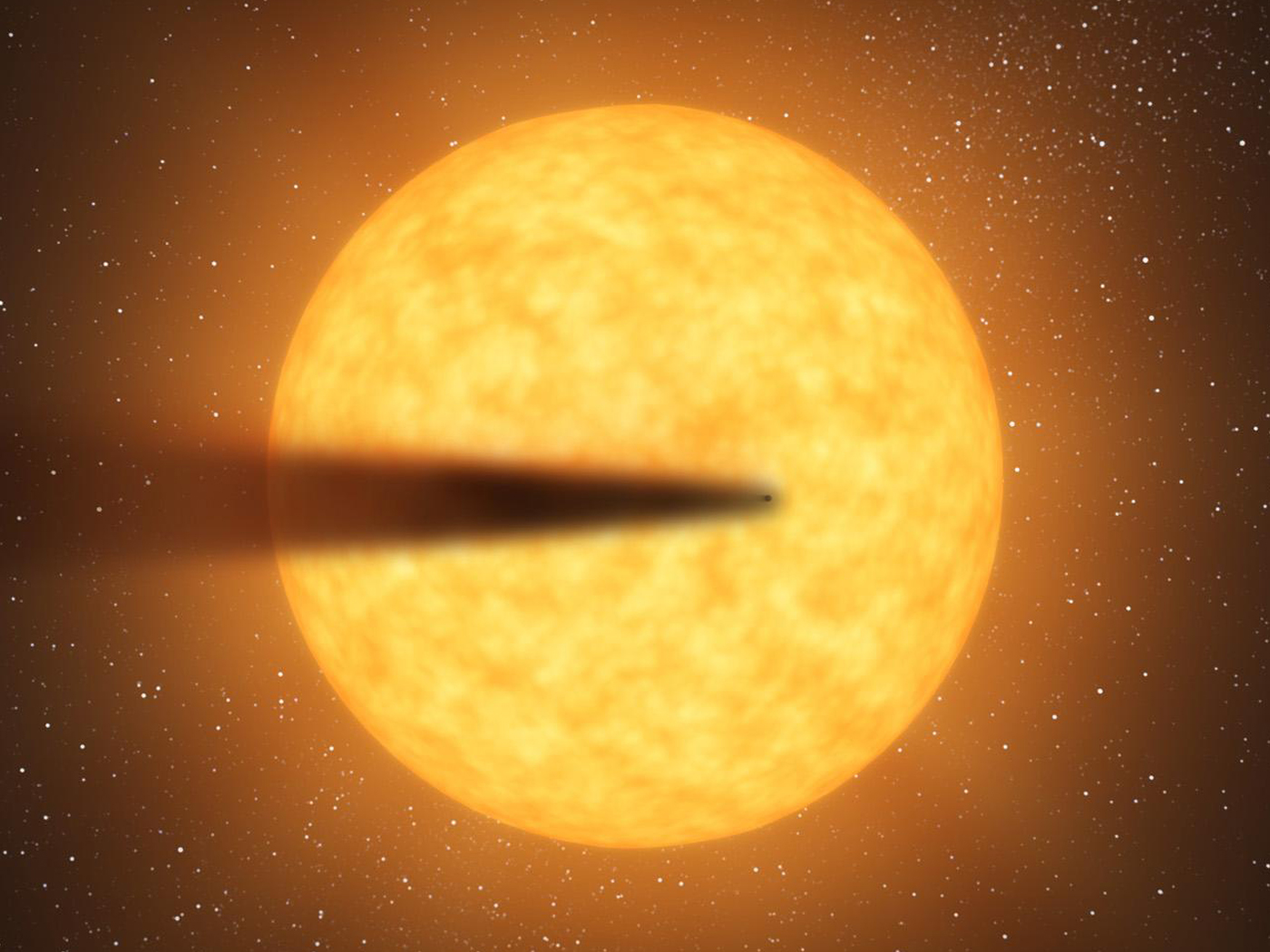Some fossil sharks grew very large.1 Researchers estimate Otodus megalodon, popularized by the Meg movies, was at least 46 feet long and possibly more than 66 feet. By way of comparison, the largest known extant great white shark is thought to be 20 feet in length. Sharks in the fossil genus Ptychodus, considered to be somewhat similar to today’s nurse and bullhead sharks, might have attained body lengths of 32 feet or more. And a Cretodus fossil shark from Italy is believed to have measured between 31 and 37 feet.
A fossil version of today’s bluntnose sixgill shark (Hexanchus griseus) was given the species name H. gigas (gigas means “giant”). Conventional paleontologists have acknowledged that size is the only convincing difference between the teeth of the fossil and living versions. Thus, H. gigas seems to have been a giant fossil version of the bluntnose sixgill.
Likewise, the extant snaggletooth shark Hemipristis elongata usually grows to less than eight feet long. However, the extinct snaggletooth Hemipristis serra is estimated to have had a length of almost 20 feet.
Finally, the largest living thresher shark, Alopias vulpinus, can be between 10 and 20 feet long, and its teeth are 0.7 inches long. But teeth of the fossil thresher A. palatasi can measure 1.6 inches. Teeth from the fossil thresher shark “Alopias” Trigonotodus grandis have been described as “highly enlarged versions of thresher teeth.”1
Because shark vertebrae are composed of cartilage, fossil shark vertebrae generally do not preserve well and are relatively rare. However, the vertebrae are sometimes calcified. Scientists can count growth bands within such preserved vertebrae to estimate the shark’s age at the time of its death. These fossil age estimates are uncertain because some sharks show evidence of twice-yearly growth rings during at least parts of their lives, and the number of growth rings can vary in different vertebrae from the same shark. Nevertheless, researchers generally assume growth bands are annual as a first approximation.
Given this assumption, growth ring spacings within a Ptychodus vertebrae indicate it was still growing rapidly at 30 years of age. Likewise, growth rings in a megalodon vertebrae indicate it was still rapidly growing at 46 years old. Normally, growth rates slow down as creatures mature. That these sharks were still undergoing rapid, juvenile-like growth at these advanced ages suggests they were taking a long time to reach adulthood. Similarly, researchers estimate the fossil Cretodus shark from Italy would have taken 64 years to reach 95% of its adult body length. By way of comparison, one study of great white sharks indicated they do the same in about 33 years or less.2
Studies show that long-lived animals often have larger adult body sizes and take longer to mature than animals with shorter lifespans.3 Thus, the large adult body sizes and delayed maturation of fossil sharks are indirect evidence that at least some of these sharks lived longer than today’s sharks. This is consistent with patterns seen in fossilized Crassostrea oysters as well as predictions made by earlier creation researchers.3,4
Since humans in the pre-Flood and start of the post-Flood worlds also experienced much greater longevity (see Genesis 5 and 11), there could be a connection. Additional research may reveal much more and possibly better validate these patterns. These growth rate results should be very encouraging to Bible-believing Christians who accept the great ages of the pre-Flood patriarchs recorded in Genesis.
References
- For details and sources for these ages and lengths, see Jake Hebert, “Giantism and Delayed Maturation in Fossil Sharks, Evidence for Extreme Longevity?” Creation Research Society Quarterly 60, no. 4 (2024): 267–283.
- Lisa J. Natanson and Gregory B. Skomal, “Age and Growth of the White Shark, Carcharodon Carcharias, in the Western North Atlantic Ocean,” Marine and Freshwater Research 66, no. 5 (2014): 387–398.
- Jake Hebert, Richard Overman, and Frank J. Sherwin, “Crassostrea Oyster Fossils Show Evidence of Extreme Longevity,” Creation Research Society Quarterly 60, no. 3 (2024): 171–190.
- Jake Hebert, “Living to 900?” Acts & Facts, January/February 2024, 17.
* Dr. Hebert is a research scientist at the Institute for Creation Research and earned his Ph.D. in physics from the University of Texas at Dallas.




















